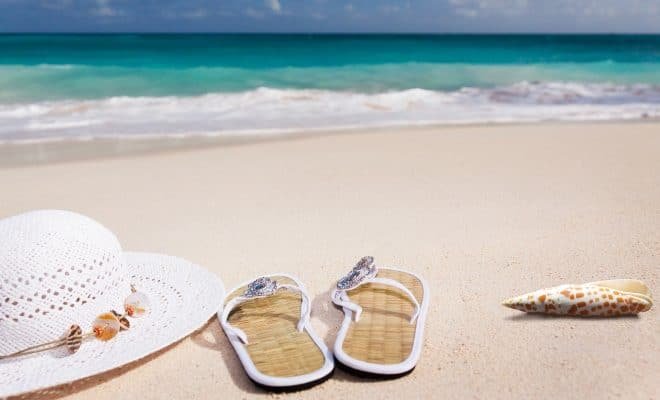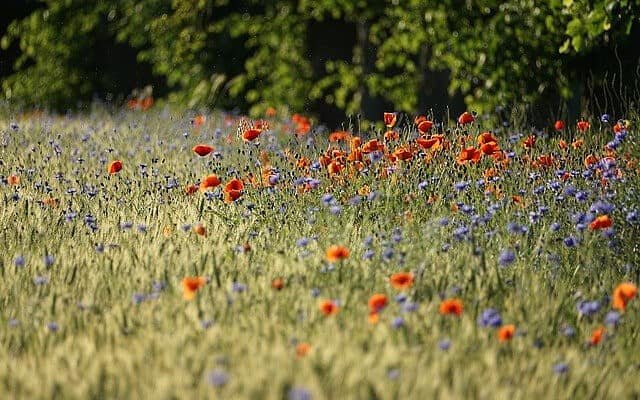A Tale Of Two Beaches

A beach is a beach, right? Not so much. Each beach is unique due to the variety of indigenous influences. Sand, water, shells, and tourists may all be a common factor, but even those factors differ greatly.
Recently my family enjoyed a family vacation in the Outer Banks. It was our first time visiting the area. We were thrilled and had high expectations for a wonderful trip. We were not disappointed. But this Yankee girl was unprepared for the vast differences found in the simplest natural wonders.
For example, the beach itself was a surprise. After growing up on Long Sands in York Beach, Maine, I was amazed at the topography. The dunes were beautiful and extremely hot. By the end of the first day, the tops and bottoms of my feet were burnt. There is a steep slant in the landscaping and what I would call “shelves” in the water, making an abrupt drop-off. This is very different from the beaches I am used to. Long Sands is basically flat. The sand is packed better, making it easier to walk or run. The incline is gradual.
The water also held surprises. The water in the Outer Banks was much warmer than the ocean in Maine. Of course, the northern waters I’m used to are cooled by the Labrador currents. Swimming or body surfing until lips turned blue have been a normal part of our experiences, but not so with the Outer Banks. The temperature wasn’t a problem at all.
The waves in the Outer Banks were more aggressive, bordering violent. They felt stronger. My 11-year-old son would sit on the shoreline. As the tides came in, they would spin him around, even though the undertow had dug him securely into the sand. Some of the older kids tried body surfing and were buffeted and beat up so much they sported bruises and cuts.
Sensory details varied greatly in comparison to what we experience in Maine. There was almost none of the salty, briny smell in the Outer Banks. I don’t know if that is due to the lack of seaweed. Anyone who has visited Long Sands will attest to the patches of soft, slimy, and fragrant seaweed deposited on the beach by the tides.
The shells were also very different in the Outer Banks. They were thicker. So thick that some of the broken pieces looked like rocks. The colors were more vibrant. I collected several purple and orange shells with dramatic striations. The shells in Maine are duller in color. But on a lucky day, you can find sand dollars. I never saw so much as a broken piece of a sand dollar in the Outer Banks.
Even the seagulls looked different. They had black necks, instead of gray, and their beaks were darker.
A friend asked me which beach I preferred, and I still have no answer. They are both beaches. I would contend that any day you can get sand between your toes is a good day. But to make a comparison is like comparing apples to oranges. Which one do I prefer? Both. Neither. They are both beautiful. The differences between the smaller parts make for a better whole. It is their differences that give uniqueness, peacefulness, variety, and interest. The water, shells, sand, waves, gulls, and smell all help to paint a bigger picture. They all work together to conjure up the experience, the mind’s image, the memory. Their differences enhance their individual beauty.
“In diversity there is beauty, and there is strength.”
~Maya Angelou









